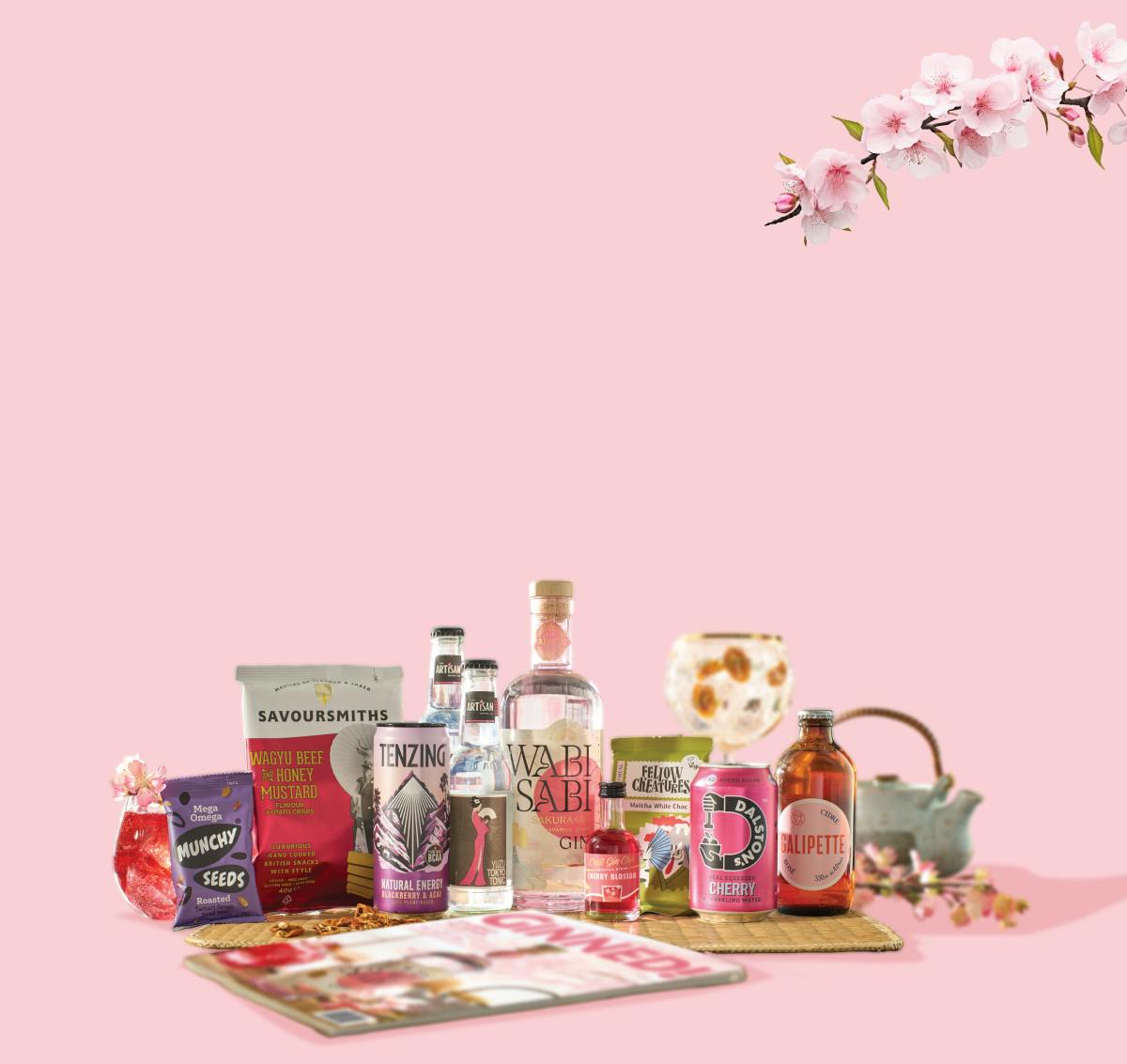Total flexibility, no commitment
A world of unique, crafted spirits
Easy, free and reliable delivery

All you need to know about London's 18th Century Gin Craze
It's no secret we Brits are a bit gin crazy - last year's gin sales even passed the £1 billion mark! New distilleries are cropping up across the country all the time, but one city in particular has grown ginnier than ever: London.
The home of November's 58 Gin and 23 other distilleries, the Big Smoke is now officially the gin capital of the UK. But this love affair with our favourite juniper-laden spirit goes further back than you might even imagine, all the way back to the 1700s!
Here's a timeline of how the 'Gin Craze' went down...
1688
Image: New World Encyclopedia
Gin becomes popular in England as an alternative to brandy after the accession of William of Orange, ruler of the Dutch Republic – which happens to be home to jenever, the inspiration for gin.
1689-1697
Price of food drops and incomes grow, giving Londoners more money to spend on luxuries, such as alcohol. The Government passes legislation restricting brandy imports and encouraging gin distillation; both factors lead the production and consumption of the spirit to skyrocket.
1721
Middlesex magistrates voice their concern for the increase in gin consumption, exclaiming that the spirit is ‘the principal cause of all the vice & debauchery committed among the inferior sort of people’.
1736
Image: Wikipedia Commons
The working class’s love of gin continues to grow, and the havoc that the Middlesex magistrates decried reaches new levels - so much so that the Government intervenes and enacts The Spirit Duties Act of 1735, more commonly known as The Gin Act of 1736. This law taxes spirits by the gallon and orders those who sell gin to obtain a £50 annual license – a fee that today would amount to almost £7,000!
1742
With difficulties enforcing the fiscal aspects of the law, the Gin Act of 1742 is enacted to lower taxes and fees on distributing gin. This law fails to help make the first Act enforceable.
1743
Image: Intriguing History
After the Gin Acts of 1736 and 1742 both fail to curb the consumption of gin – and actually lead to an increase in law-breaking, violence and the production of illegally distilled (sometimes poisonous) gin – the act is repealed.
1743-1751
Campaigns for better anti-gin legislation develop. It is during this time period that William Hogarth engraves his famous Beer Street and Gin Lane prints, which compare the chaotic and terrible lives of gin drinkers with the merry, carefree lives of those who stick to good, English Ale.
1751
The Gin Act of 1751 is enacted, which bars distillers from selling gin to unlicensed merchants and from charging higher fees for licenses. This leads to the end of small gin shops and a rise in the sale of gin at large pubs, where quality (and quantity) are controlled better. During this same time, the overall desire for gin decreases due to growing population, bad harvests, rising cost of grain and food and decreased wages – and good ol’ English tea rises up to take its place.
Image: The Guardian







